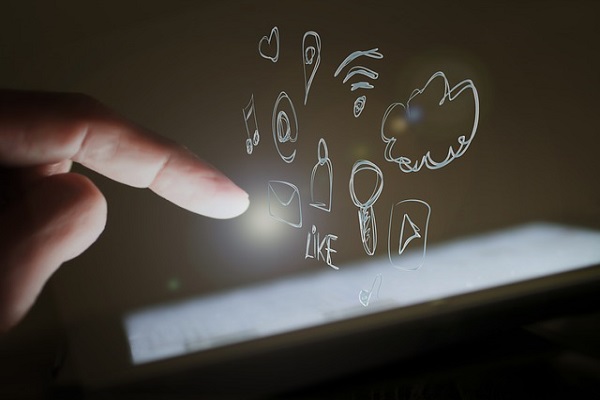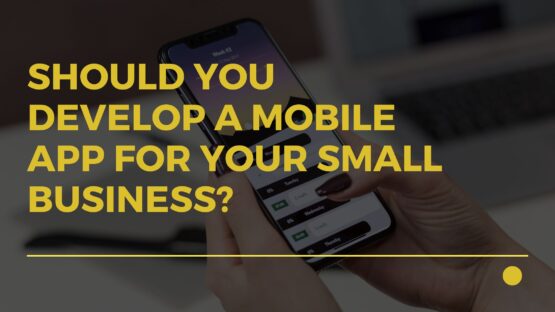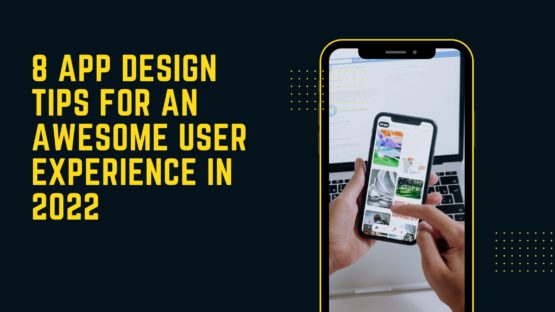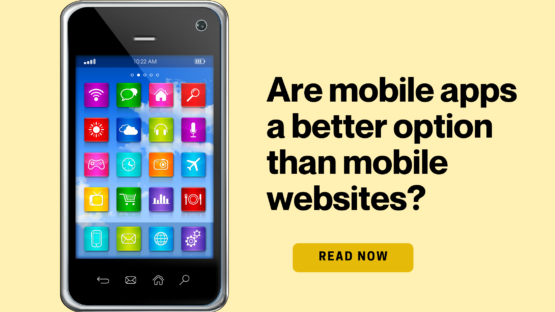Just the other day, I and my family visited a local departmental store to do some shopping when one of the sale representatives came up to us with an offer in hand (or rather in his smartphone).
It was an extraordinary encounter for me because; here was a guy, who had been standing at a distance trying to watch our every move before finally walking in our direction. He made his first move when he spotted me taking out my phone from the pant pocket in order to browse the internet for some particular product information. While trying to strike a polite conversation, I noticed how he took great care to consider the products that we had picked up in our shopping cart. He even helped us by recommending one or two products or so. After a while, he came up with his offer – a newly launched mobile app the store was trying to promote. He was very efficient with his presentation and even talked us into how exciting the discount offers were and that how we could avail them if we just downloaded the app. But the thing is that none of his efforts could influence us to download the app, not even the free Wi-Fi service that he kept insisting upon to help me get around with the registration faster.
Maybe I was too lazy then or was not much enthusiastic about an offer or so. Whatever reason that may be; the thing is that driving customers to mobile app adoption is a tough job for retailers. Besides, shoppers are not always enthusiastic about offers. So the offer-driven strategy according to me was probably not the best strategy that the sales representative should have taken. It failed to excite or engage me – a poor app adoption strategy it was I feel.
Mobile App Adoption Affects Marketing Strategy
Mobile app marketing is supposed to play a powerful role in determining a consumer’s path to purchase. With the steady rise in the number of smartphone users, mobile marketing can not only help businesses to tap into potential device-driven target audience but also improve one’s search engine ranking. Nevertheless, user behavior to app download is yet to emerge as a popular trend.
Some of the most probable reasons that can explain this kind of attitude among respondents are actually data driven. They are –
- Users spending 42 percent of their time on a single-most-used-app on smartphone
- 60 percent of the consumers in the U.S. prefer keeping only two or fewer apps on their smartphones
- Half of the respondents are reported to using retailer applications only once a month or even less
Getting customers to download an app today involves a combination of many things. One of the best ways that have been identified by many marketers is giving customers the availability of free Wi-Fi service. While this may be one of the many few factors that can instigate a person to download an app, there are other multi-promotional tools and software that small businesses can use to drive app adoption among customers. For example, have you considered adopting beacon technology in your cross media marketing strategy lately?
Relevance of Adapting to Cross Media Marketing Tactics Today
Just like multi-screen strategy, online businesses need cross-media marketing strategy in order to get the most out of an investment from every channel.
Cross-media marketing surpasses the traditional advertising techniques. Since all the strategies are taken into play, it is a highly effective marketing medium that has the potentiality to generate greater response rates and trigger faster engagements. Marketers using cross-media promotional strategies don’t just try to amalgamate various marketing tactics, but rather try to make the existing ones look more hip and fresh. Speaking of which, beacons are one such existent technology that is expected to become a widespread adoption in retail markets soon this year and is one of the biggest anticipations in the cross media marketing trend.
Beacon Technology Integration in Mobile App Marketing
Beacon technology is a low-cost and low-energy driven proximity-based network that can connect to other Bluetooth enabled devices when present within the vicinity. They are small wireless devices that can directly transmit signals via the Bluetooth Low Energy and hence can be used to push up notifications to customers’ devices, within a particular locale.
Some of the most common promotional notifications that could be sent to a customer via the Bluetooth technology are – announcement of current deals in the market, showing product information, sending a promotional message, drawing price comparison details and even giving out coupons on the social media.
Beacon Technology v/s GPS or NFC
Until now, most of the retailers had been using the Geo tracking system to target their clients outside a store with the help of satellites and cell tower triangulation. A Beacon technology, on the other hand, can identify a user’s position based on proximity mapping that can scale down a customer’s location down to centimeters. This enables the Beacon technology to effectively work indoors. That is why setting beacon technology based devices inside retail shops is much easier than GPS integrated devices.
It is also different from the NFC technology in that, users do not need to have an NFC chip inserted into their device.
In fact, for a person to receive a Beacon signal alert in his or her smartphone devices, one must –
- Have the Bluetooth turned on
- Have a Bluetooth integrated app installed in his or her smartphone
- Grant the app permission to receive push notification alerts
Creating new applications can be both a good decision and a bad decision if you cater to retail related services. This is because; chances seem to be low when it comes to persuading a user to download a new app unless it has a unique utility to appeal the user. However, with beacon app technology, a retail brand can easily tie up an existing app platform that a user generally tends to keep on his or her mobile device. You may call this a mobility co-existence that brings new retailers the advantage of opening up possibilities of a faster communication path. A retail brand can enjoy a dominant place not only on a user’s mobile space and on the already existing app, making communication easier and faster.
If you are wondering how beacons can make your mobile marketing promotion interactive, then a little bit of pictorial demonstration about how the beacon technology can be used to drive shopper engagement offline –



The Future Convenience of Bluetooth Technology
One of the best advantages of using the beacon technology is that it does not require users to have a continuous internet connection, thus allowing smooth syncing of the online world with the offline world.
In addition, customer acquisition via mobile apps, when implemented strategically, can help to generate 85 percent of the market revenue. This means looking outside the mobile app for data across the entire digital ecosystem in order to determine who the potential clients are and their behavior.
Embracing Bluetooth technology will lead to the creation of high-value usage apps that are likely to bring four times more engagement than the average-value usage apps. It will also help marketers to identify common app and device usage traits that will help to segment the investment revenue accordingly.
Beacon integrated apps will encourage more location-based promotions, which is highly valued by marketers for driving more sales.
Because you have opted to get Beacon alerts for a particular brand, the beacon integrated app will buzz to action immediately whenever your smartphone discovers a beacon device around.
It’s a Beacon Revolution!
Beacon-powered marketing strategies trigger value engagement at the precise moment and the place where consumers are going to make a purchase decision.
This enables the delivery of highly relevant content with offers and deals based on the user’s previous shopping behavior and activities. However, beacon-based marketing programs and strategies must be well planned before executed. It will help marketers to design an efficient marketing plan that will help to drive measurable business results and enhance customer shopping behavior.
Image Courtesy: pixabay.com




